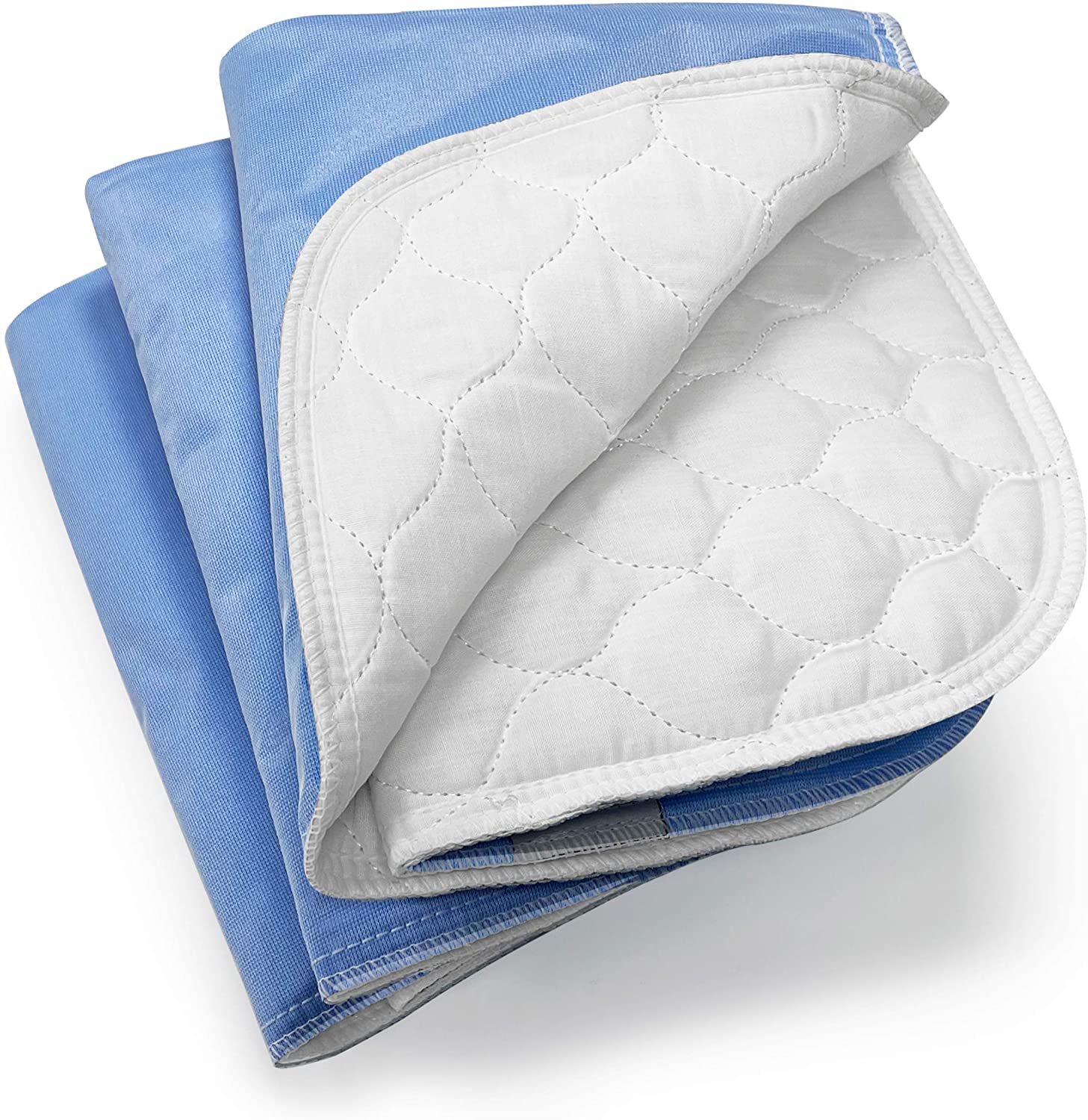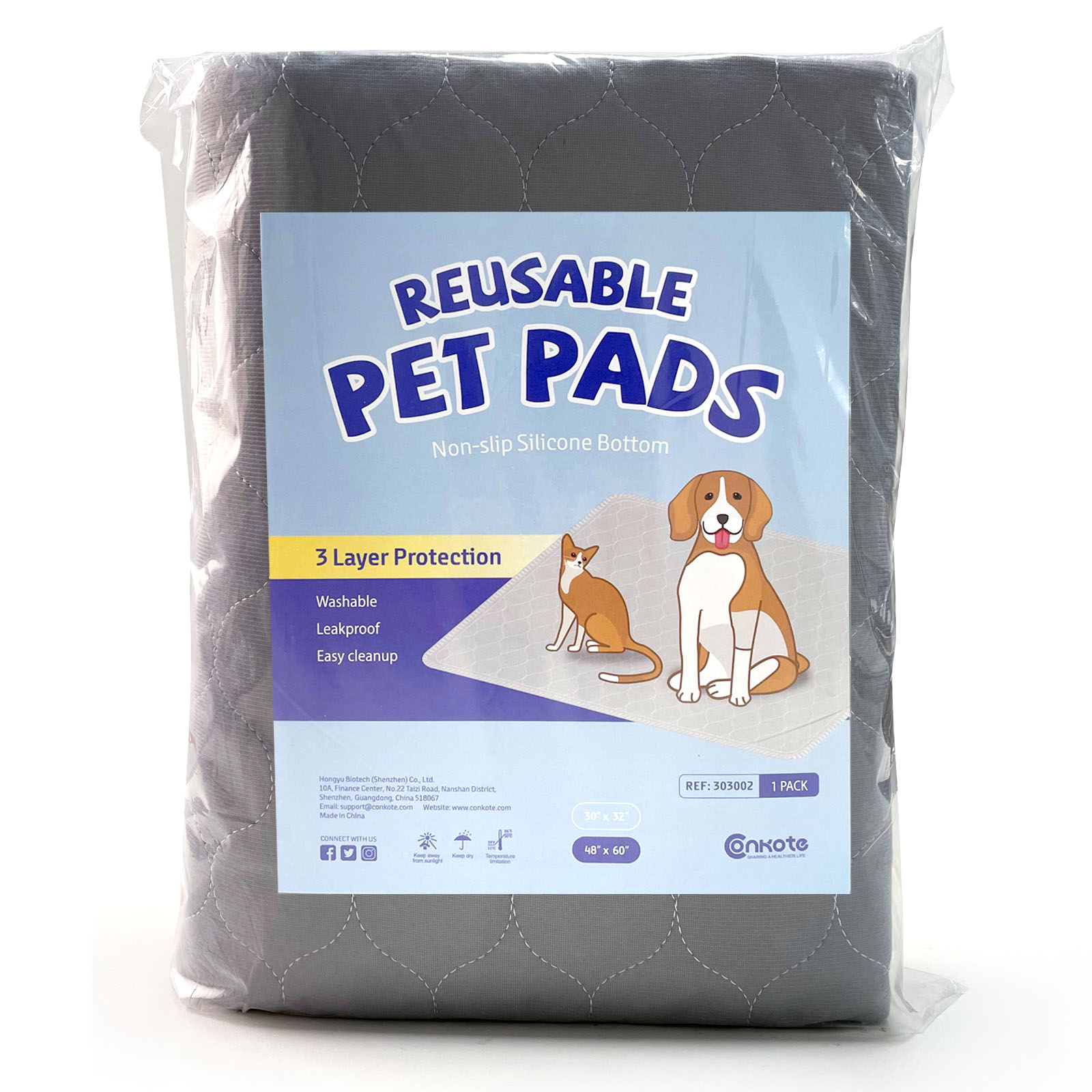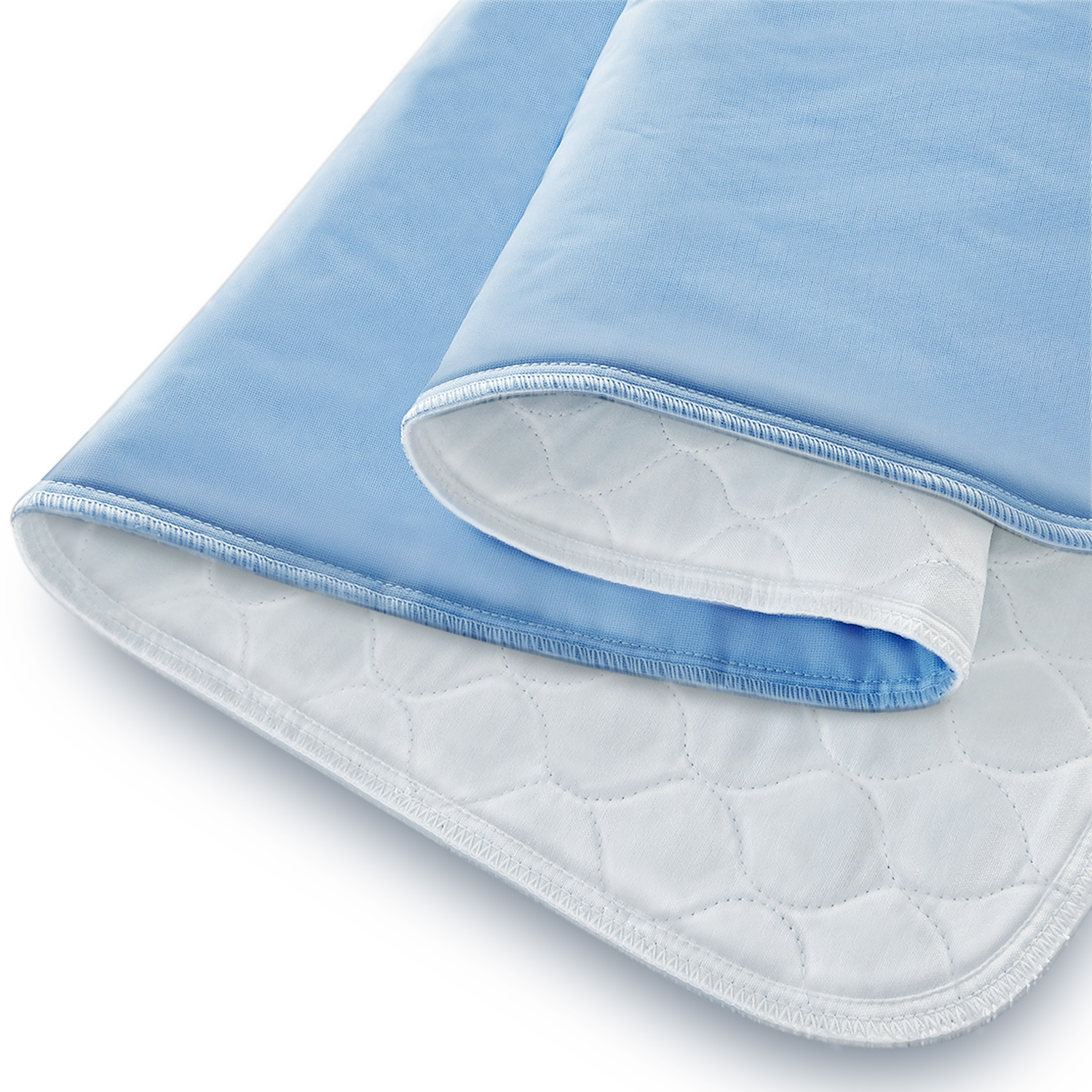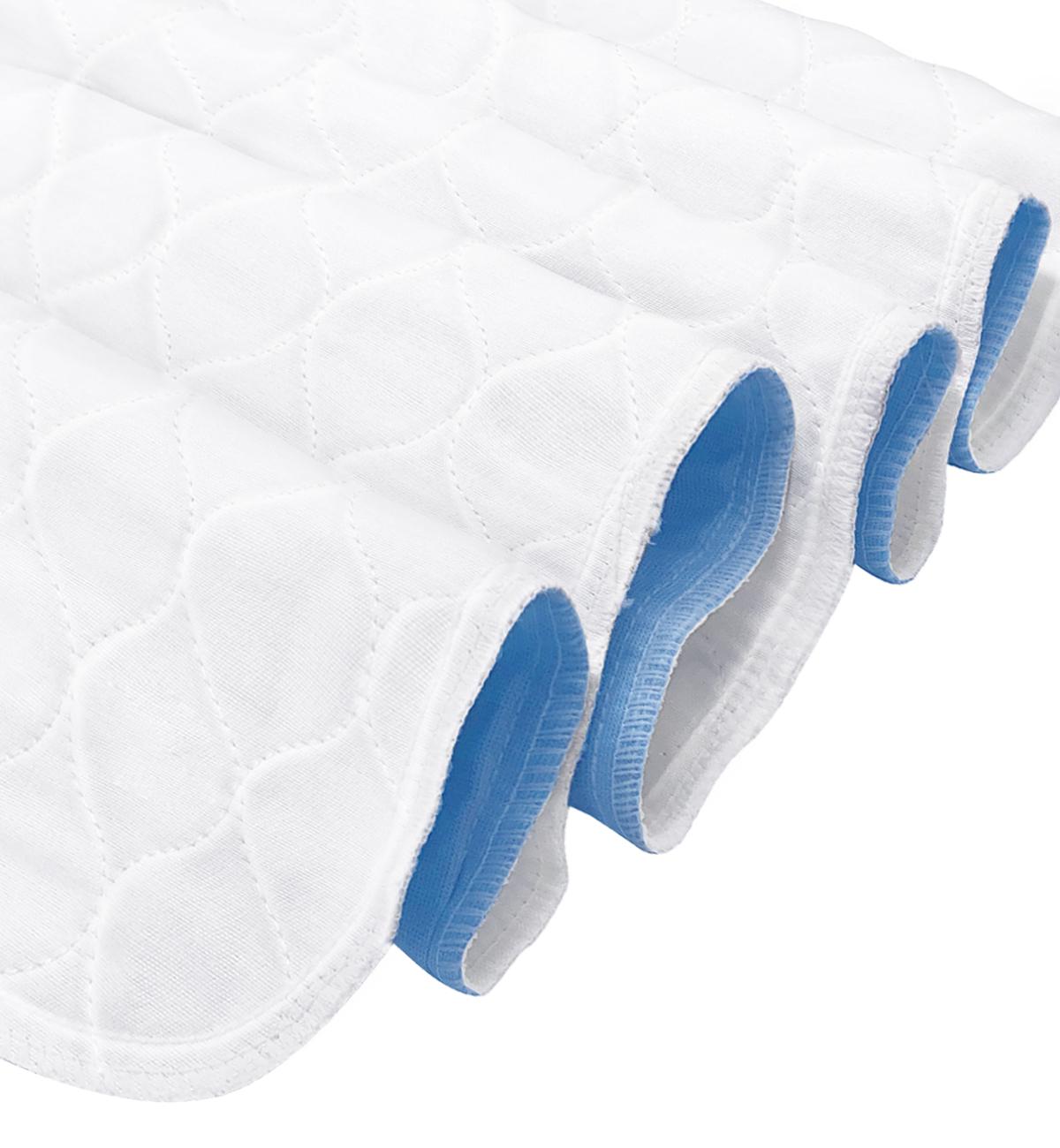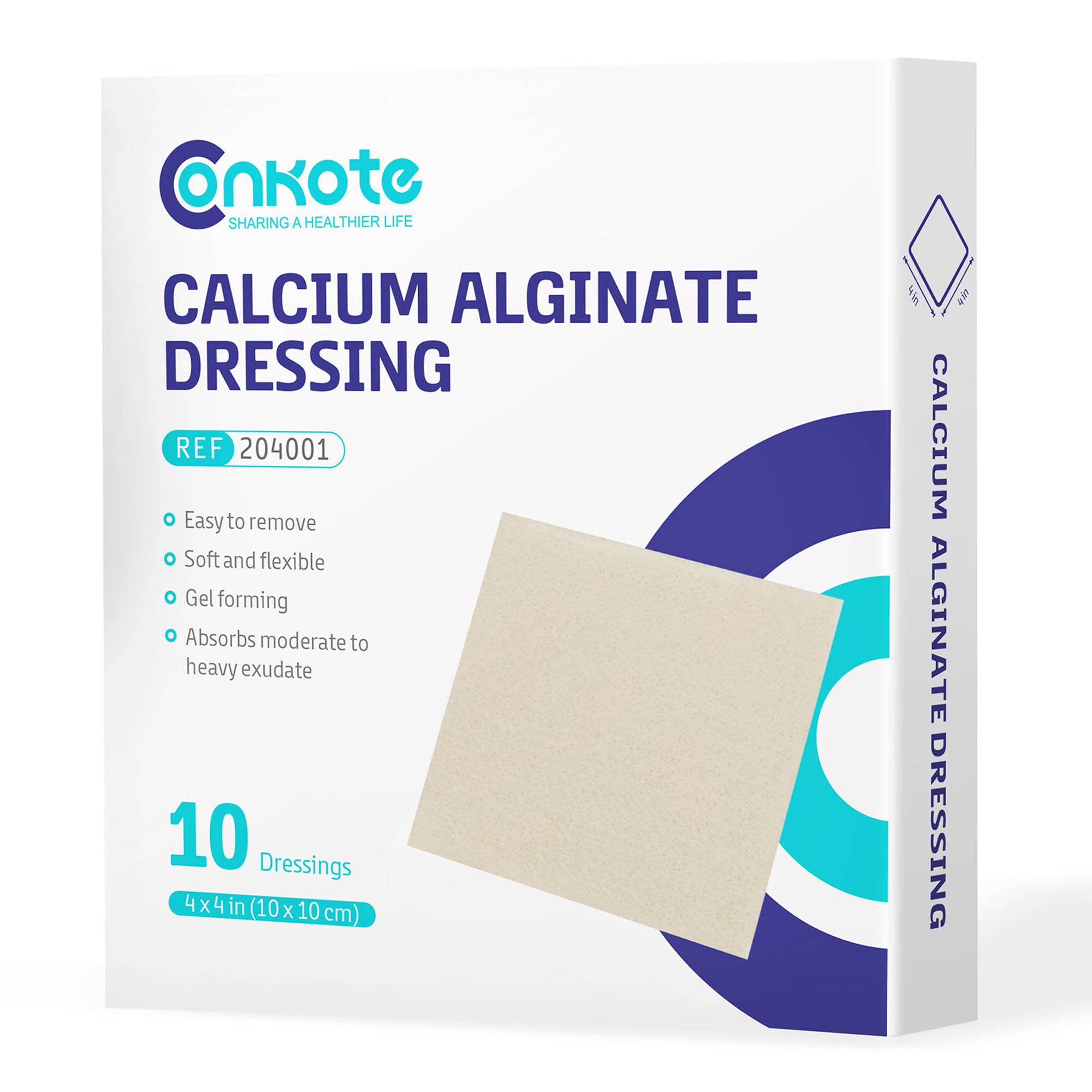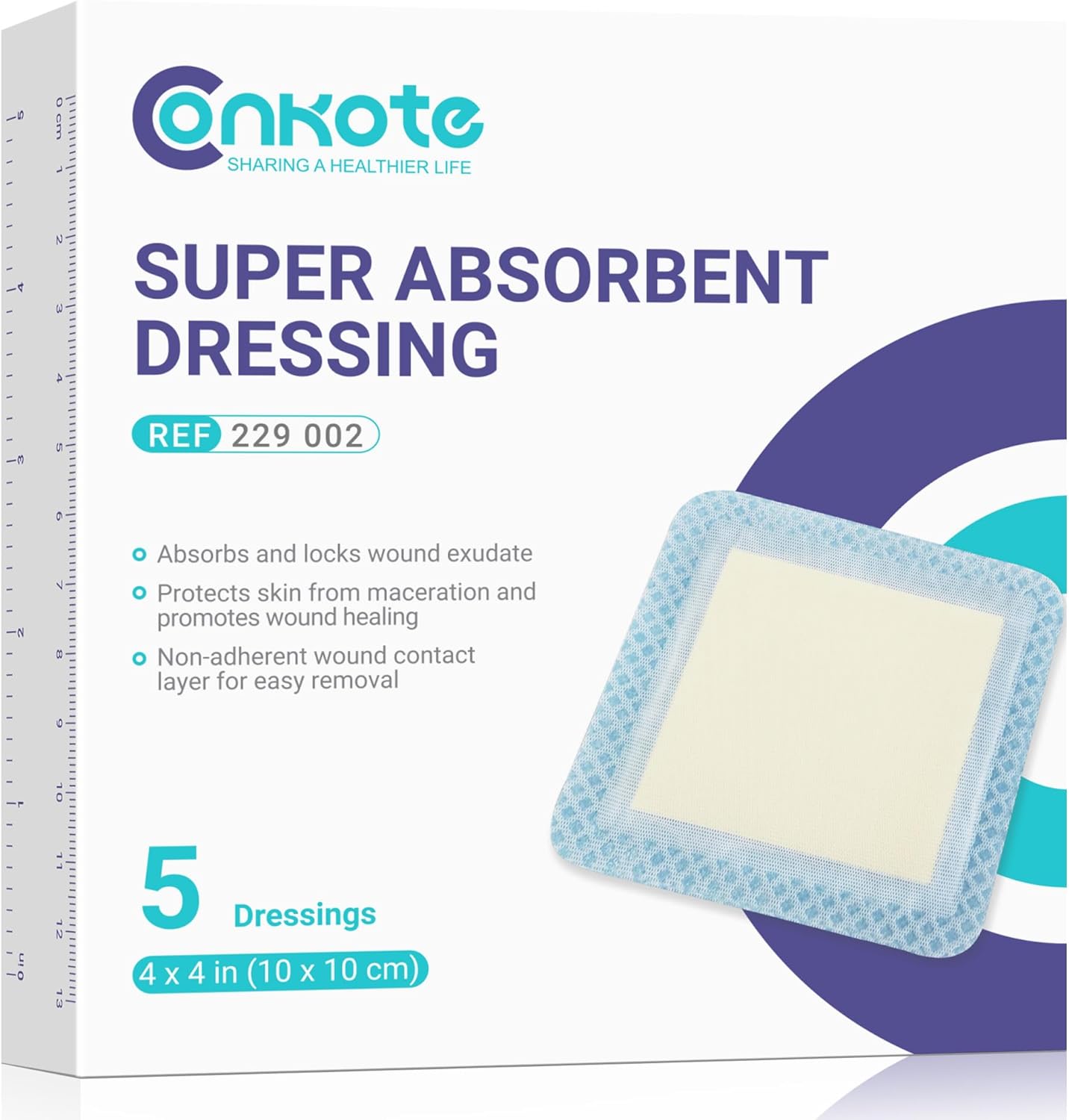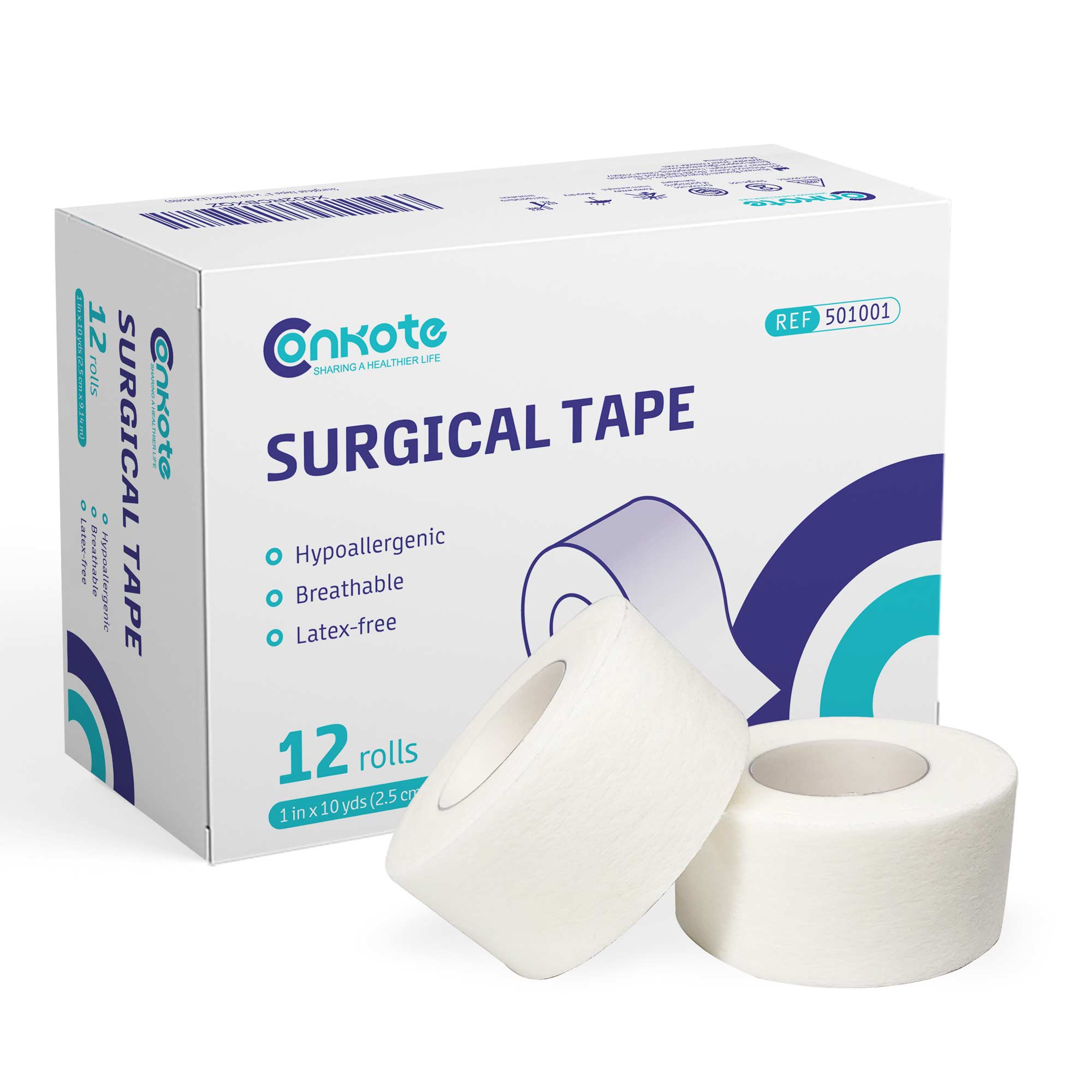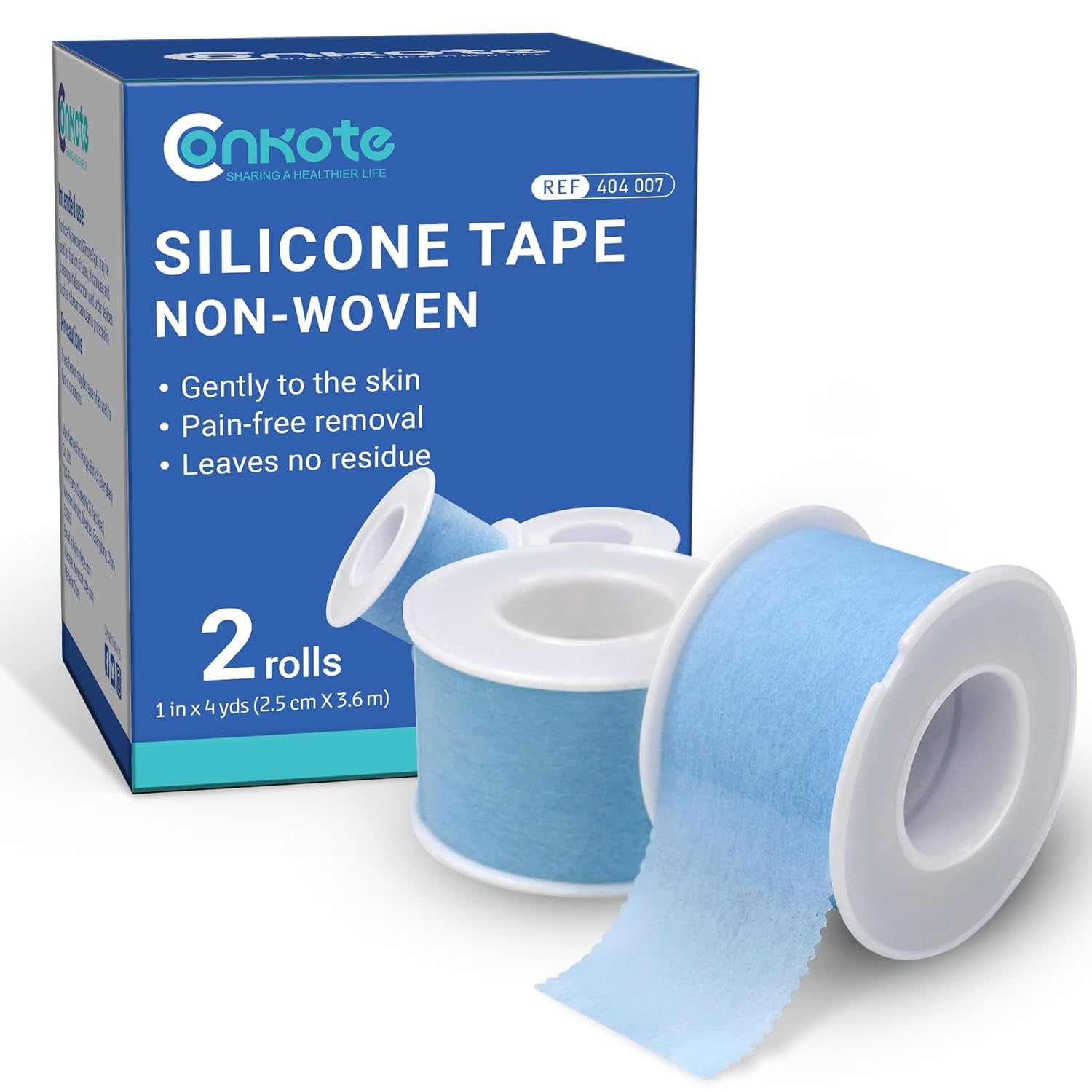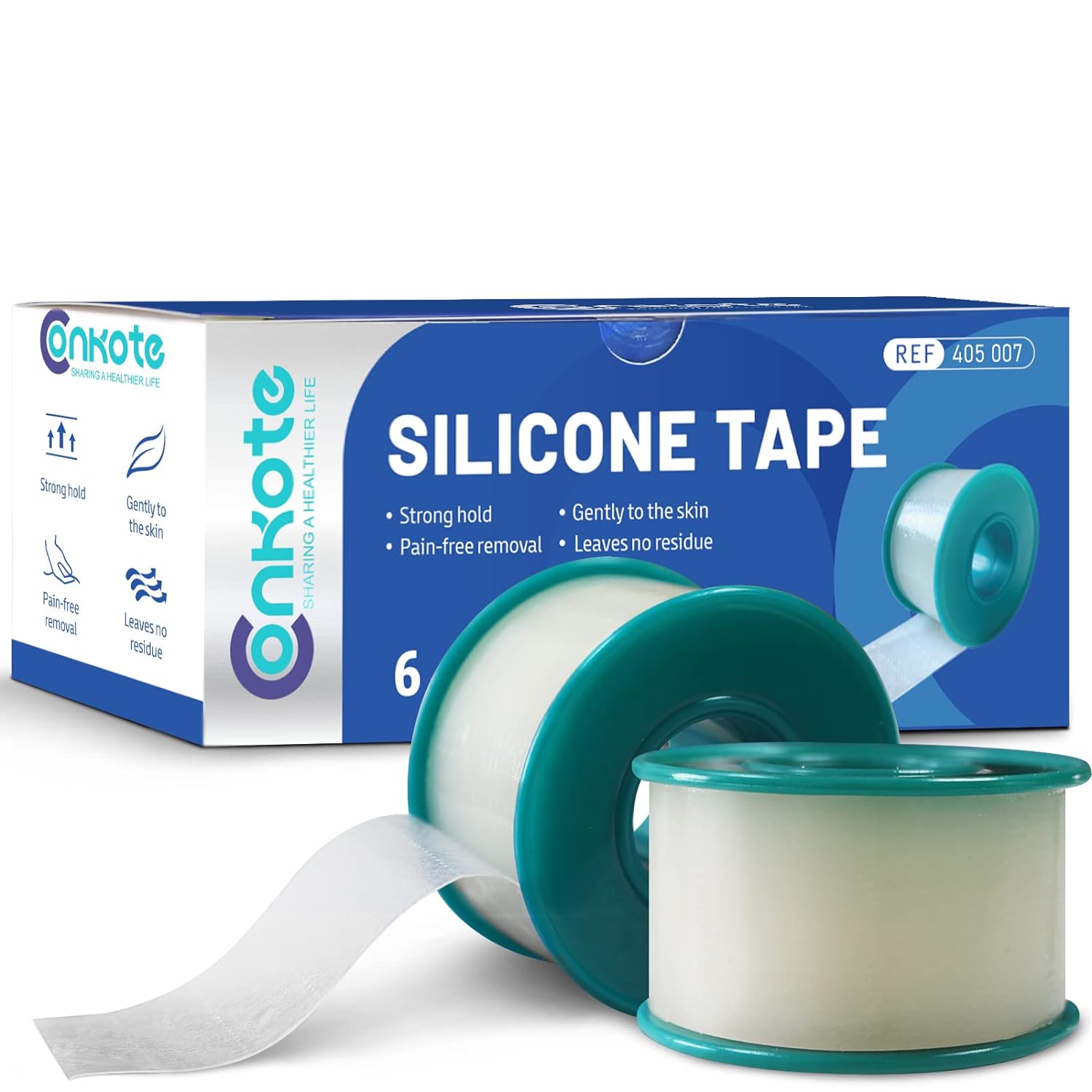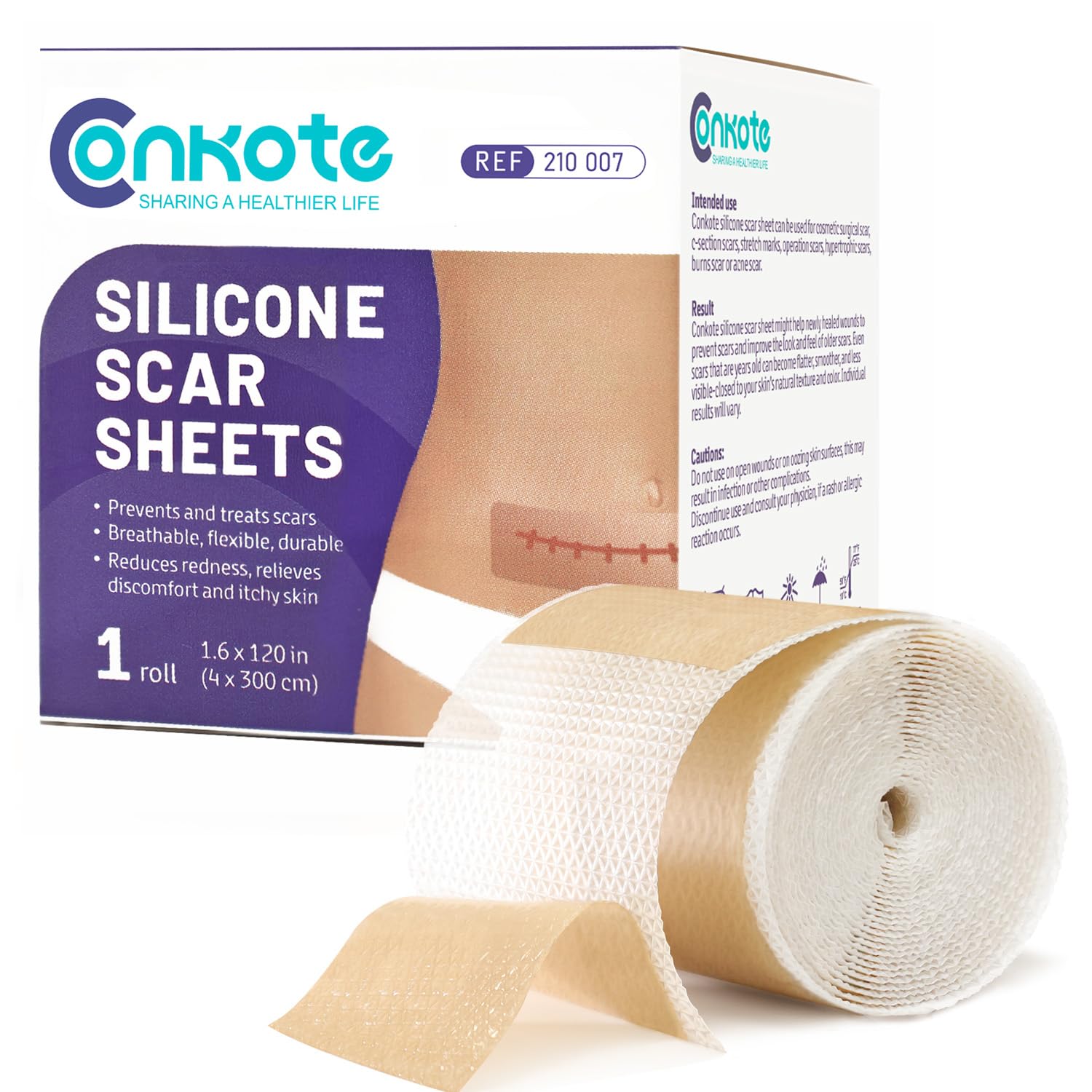How Do You Select a Wound Dressing?
2022-09-14 2022-09-21 18:22How Do You Select a Wound Dressing?
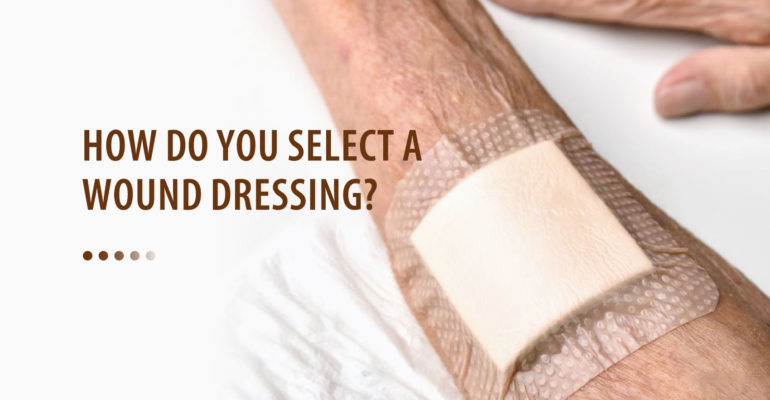
How Do You Select a Wound Dressing?
Wounds are common in daily life, but they can be potentially dangerous if they are not adequately dressed. Various wound dressings are available, with varying levels of safety and efficacy. Some dressing materials may also contain chemicals that could cause irritation or other adverse effects over time. The type of wound dressing depends on many factors, such as the type of wound you have, whether it is open or closed, and whether it is contaminated. How you care for your wound will also determine the type of wound dressing that will work best for you – if you don’t clean it regularly, bacteria can build up and cause an infection. It’s essential to avoid infection and its complications, such as sepsis.
Types of wounds
There are different types of wounds; they can be open or closed.
Open wounds
When a wound is open, bacteria can enter the wound and cause an infection. This will happen if there is no proper dressing on the wound. To prevent this, you should apply a suitable dressing to the wound. They can include:
- Cuts: Cuts are an injury that involves a break in your skin. A cut is usually caused by an object penetrating your skin, such as glass shards or razor blades. A cut often results in a bleeding wound.
- Burns: Burns is a type of injury involving your skin and underlying tissue being exposed to high heat for a short time. Burns can occur from exposure to excessive sunlight, fires, hot liquids or cooking elements, or other heat sources.
- Bruises: Bruises are an injury to your soft tissue. They are often caused by a hard impact or fall that damages the blood vessels under your skin. A bruise will appear as a dark patch on your skin, and it will typically be painful to touch.
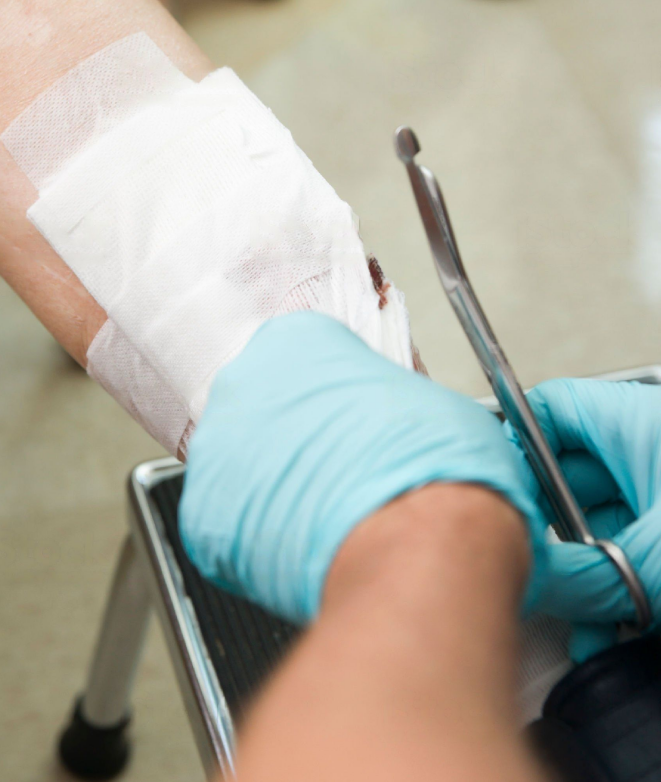
Closed wounds
A closed wound is located inside your body in certain areas, such as your head or neck. This is where a medical professional will typically disinfect it before trying to close it up again. Wounds that are located underneath the skin are also closed wounds.
Wound Treatment
There are different types of wounds. You can help your wound to heal faster if you make the following types of treatments:
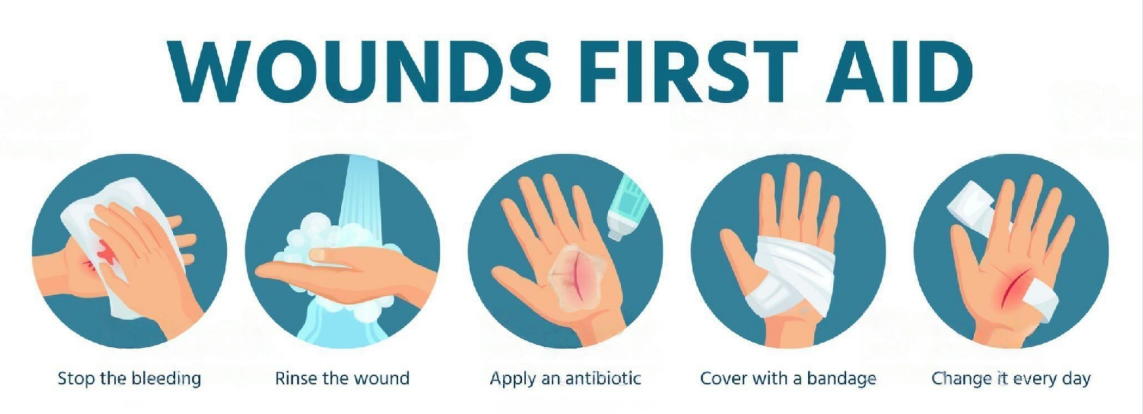
- Cleaning the wound
Cleaning a wound is an essential step in managing it properly. It would help to keep the wound cleaned and disinfected before applying a dressing. This will help prevent infection because bacteria can’t grow without chemicals or cleaning agents. It’s essential to wash the wound area with soap and clean water before you try to dress a wound. Always check with your doctor first if you aren’t sure how to properly clean or care for your wound.
- Applying a dressing
Another critical step in treating wounds is applying a suitable wound dressing. Many types of wound dressings are available, including gauze, butterfly tapes, and surgical gloves. The dressing you choose depends on the size and type of your wound. It’s essential to select a dressing that will cover your entire wound and seal it off from any possible contamination or infection. Your doctor can give you specific dressings, such as steri-strips, that are best for treating your wound type.
- Preventing infection
It would help to keep your wound cleaned and disinfected to prevent infections. The best time to apply a dressing is after cleaning the wound area with soap and water. It would help if you also cleaned it from time to time after applying a dressing. This will help decrease the chances of your wound becoming infected. If you do get an infection, seek medical assistance immediately. Antibiotics are a common type of treatment for infections.
- Applying medicated creams
Creams are also great for helping your wounds to heal, especially if they are deep or if your skin is vulnerable to infections. Medicated creams are especially effective if you’re nursing your wounds. They contain chemicals that kill germs and help to heal your wounds quickly. You should apply them four times a day until your medical professional tells you to stop.
- Using a wound vac
A wound vac is another helpful tool that can make an enormous difference in managing pain and healing wounds. You can use it to help clean the wound area and prevent infection. It’s also an efficient way to remove excess fluid from the wound. A wound vac is also a valuable tool if you’re breastfeeding and have a wound because it can help to reduce the amount of breastmilk that drips from the wound. Remember that wounds are not contagious and won’t hurt your baby.
- Taking antibiotics
If you have an open wound that’s become infected, your doctor might prescribe antibiotics. These medications can help eliminate the presence of harmful bacteria and fight off any infections that may be present in the wound area. You can prevent an infection by properly caring for your wound and cleansing it regularly. Keeping wounds clean is essential to help them heal faster, decrease the risk of secondary infections, and prevent potential complications from developing over time.
- Using a compression dressing
A compression dressing is a valuable tool that can reduce swelling, prevent infection, and speed healing. This type of dressing is often used after an operation. It’s essential to follow the instructions on how to use this dressing correctly and regularly to get the most benefits from it.
- Replacing the dressing
It’s vital that you change your dressing regularly to prevent any dirt or bacteria from getting into your wound area. If you neglect to change your dressing, bacteria can start to grow in an infected wound. You should also try changing your dressing if you notice the dressing becoming lumpy or dirty. This can be a sign that it needs changing.
Types of Wound Dressings
This is a paper tape adhesive dressing that is non-woven. The dressing is easy to cut and apply, and it sticks well to itself once in place. It is widely used in hospital wound dressings because it allows for little to no sticking of the dressing to the wound.
This is a transparent, non-woven paper tape adhesive dressing that is widely used for wound management in hospital settings. It allows for little or no sticking of the dressing to the wound, and it’s easy to see the underlying skin through it.
This is a transparent non-woven dressing that can be used on its own or together with other dressings. It is easy to apply and flexible, so it’s suitable for use on body areas that are frequently moved by the patient
This dressing is composed of silicone foam with a polyurethane backing. The foam absorbs body fluids and exudate, while the backing stops the dressing from sticking to itself. The dressing is easy to cut and apply, and it can be used on its own or together with other dressings. It’s cost-effective since it can be used many times if handled properly.
This transparent dressing is made of a thin hydrocolloid material that provides a moist environment to the wound while allowing body fluids and exudate to pass through. It’s flexible, so it can be used on areas that are frequently moved by the patient. The four-sided border is designed to help the dressing stay in place as it forms an airtight seal with the skin.
This is a transparent, flexible dressing made from alginate gel. It comes individually wrapped in a plastic wrapper for easy application.
Thera-Wrap
This is a form of compression dressing that’s made from foam. The foam is shaped like a bandage and applied directly to the wound area. It’s helpful for helping wounds to heal and reducing the chances of infections and complications.
Ask for a Doctor's Advice.
Your doctor knows the kind of dressing that will work best for your wound. Your caregiver can also recommend other treatments for your wounds, such as a splint, special bandages, or pain relief. One should always seek advice from a medical professional when dealing with an open wound. It’s important to remember that you are the one in charge of your wound and the healing process. Always get in touch with a doctor if your wound is growing more extensive than expected or seems painful. If you can’t reach a doctor, try to find someone who knows how to care for wounds to heal as quickly as possible properly.
Search by Tags
advanced woundcare dressing Bedsores Blood Blood donation chronic decrease Chronic Wound comprehensive guide Conkosil Diabetes diabetes foot diabetes prevention Diabetes,Foot Problems,wound Diabetic foot dog training donation dor pee pads Easy Tips First aid health health life Home Care Ionic Silver Dressin Innovative Technology for Wound Care Lesions Measure a Wound medical tape Moist Wound Healing Negative pressure wound therapy papertape pet care Pressure Ulcers puppy pee pads Self-Adhesive Bandage Skin care tape Tobacco traditional wound care dressing World No Tobacco Day Wound care wound dressing wound healing wound infection wound materials woundmaterials wound type wound vac





